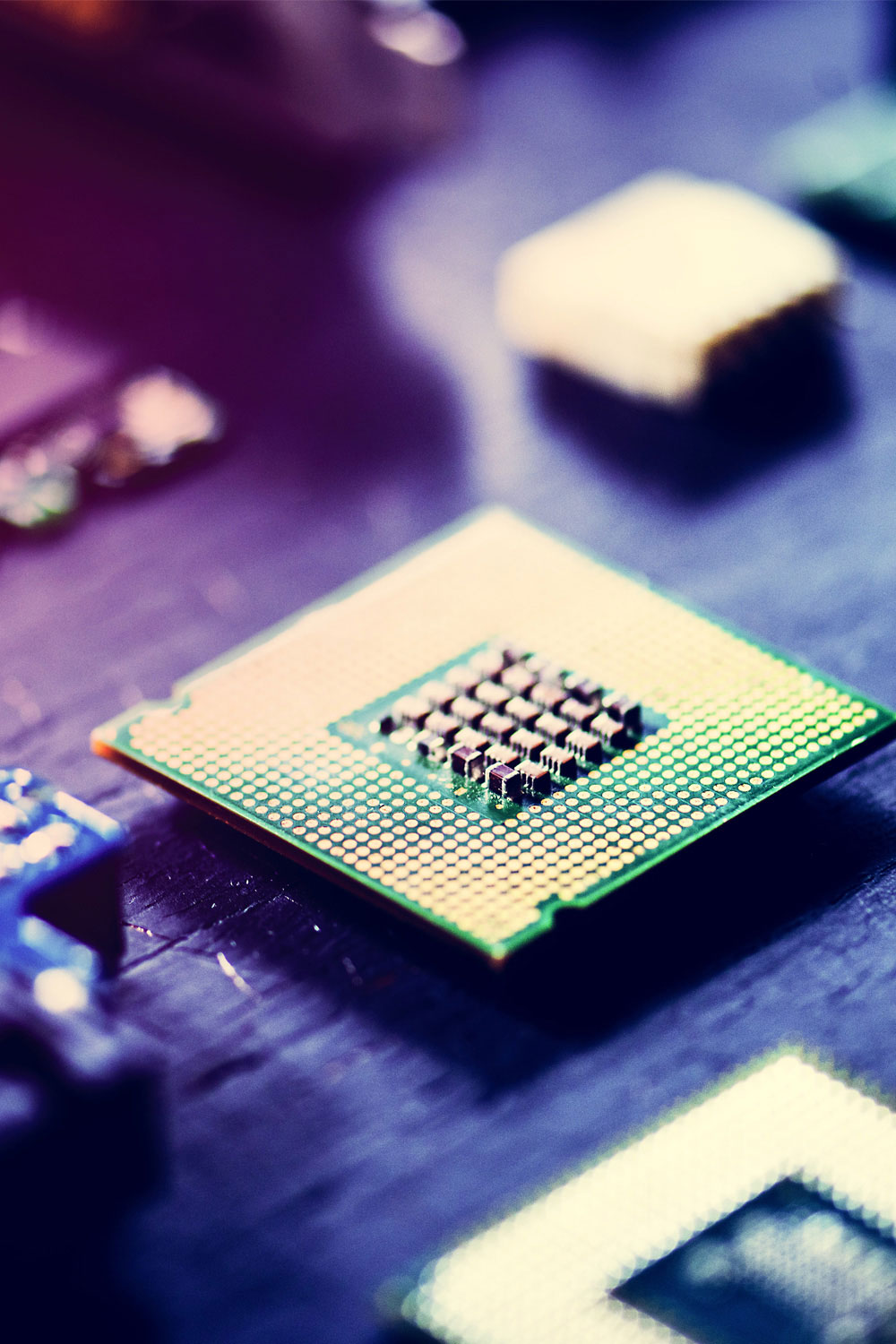Lightelligence Demos Optical Compute
January 25, 2022 - Author: Bob Wheeler
Developing fundamental technology is hard, so baby steps are often necessary before achieving success. Such is the case with optical computing, which faces myriad technical challenges but promises huge power-efficiency improvements compared with traditional digital circuits. Startup Lightelligence recently took its first step toward commercialization by demonstrating its Photonic Arithmetic Computing Engine (Pace), a proof-of-concept (PoC) device that stacks an electrical IC (EIC) atop a photonic IC (PIC). The PIC implements a 64x64 array of optical multiply-accumulate (MAC) units as well as modulators and photodetectors.
Lightelligence has also progressed as a company, securing more than $100 million in funding and growing to about 150 employees. It’s building on research its cofounder and CEO, Yichen Shen, performed at MIT, and it has exclusive rights to certain MIT patents. Like MIT’s experimental chip, Pace implements the MAC function using a Mach-Zehnder interferometer (MZI), but the new design increases the number of photonic devices by about two orders of magnitude.

The startup used the PoC to compute the Ising thermodynamic model, claiming Pace is 117 times faster than an Nvidia RTX 3080 GPU. It chose Ising as a constrained workload that doesn’t require extensive software like AI inference does. Still, the company sees AI applications including computer vision, natural-language processing, and optical character recognition as its primary targets. Later this year, Lightelligence plans to produce an AI-accelerator pilot product in a PCI Express form factor.
Subscribers can view the full article in the Microprocessor Report.









